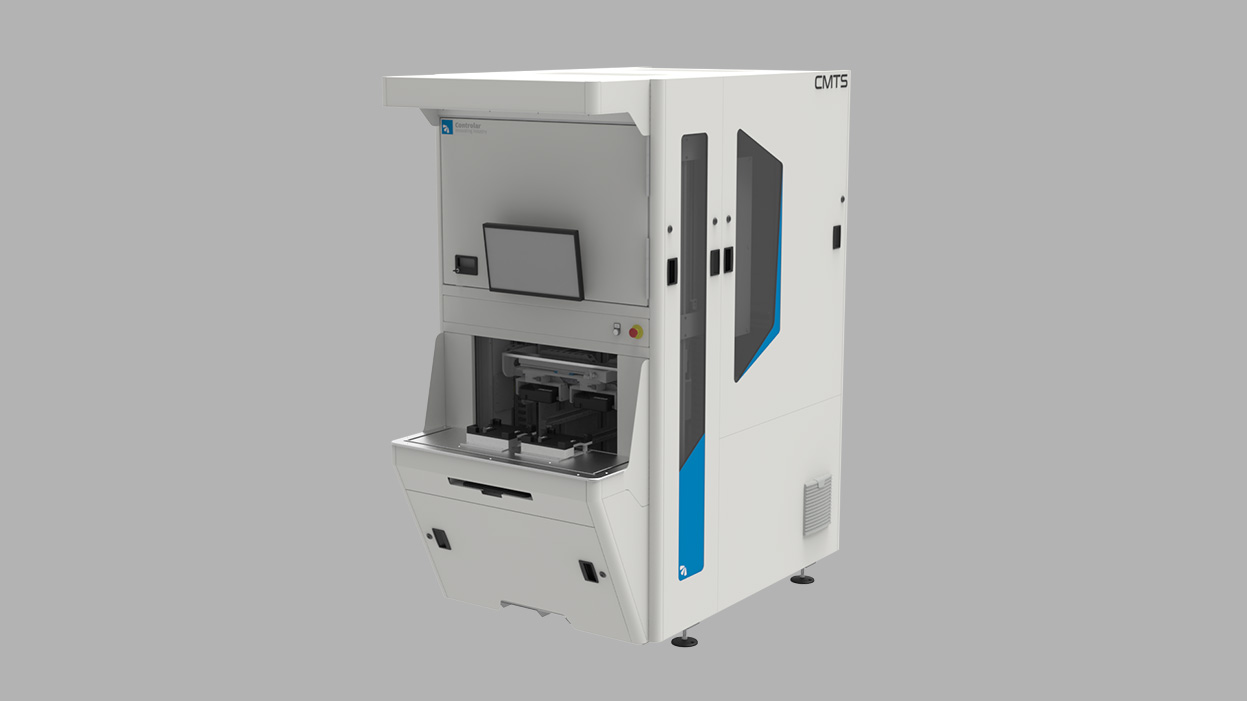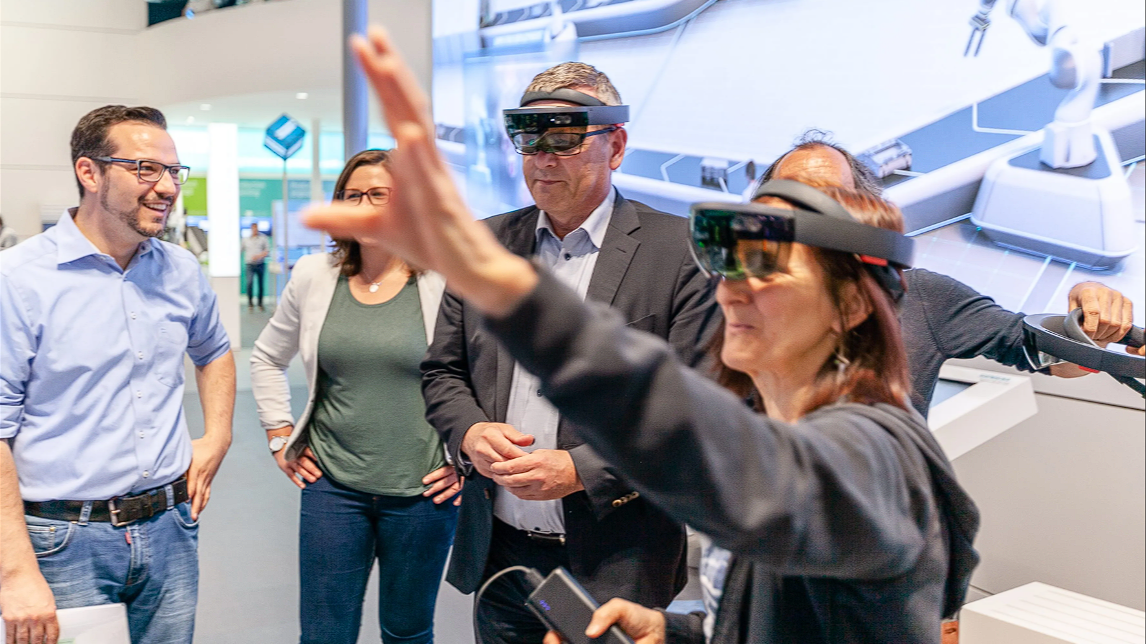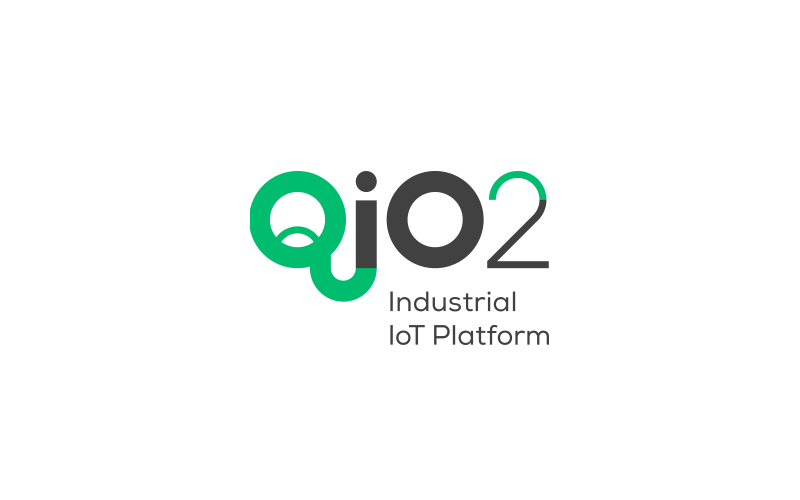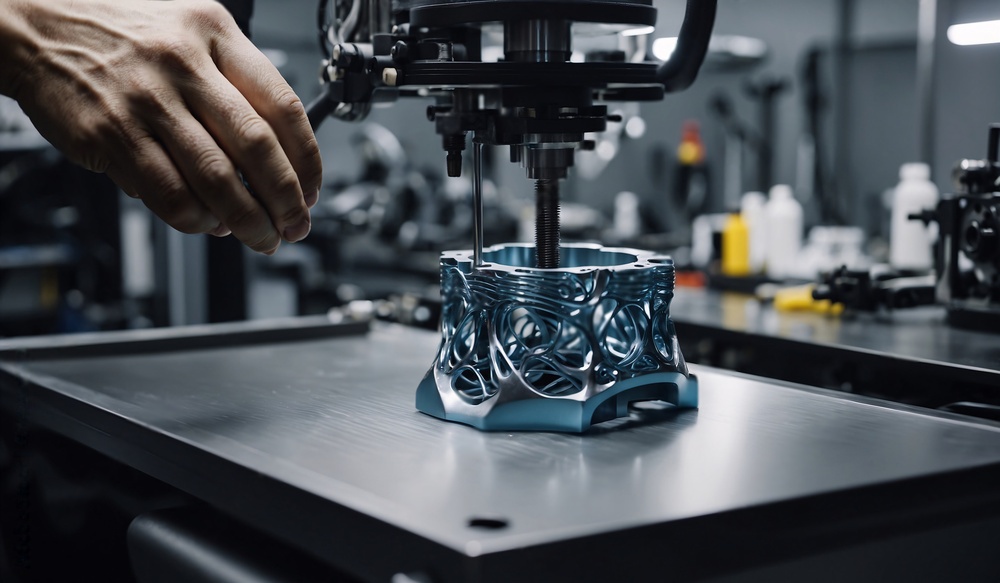Shaping the Future of Automation and Test Systems
Introduction
The industrial landscape is constantly evolving, demanding innovation and adaptation from manufacturers. As we navigate through 2024, a forward-thinking approach is essential.
From PCB-level advancement to AI and quality control measures, this article explores ten key engineering trends shaping industrial manufacturing, as well as the automation and test systems industry throughout the current year and, potentially, for years to come.
These advancements go beyond mere responses to current challenges, holding the power to redefine the very nature of production.

Key Takeaways
- Smarter Automation & Quality Control: AI is transforming automation and quality control with features like predictive maintenance and proactive defect detection.
- Miniaturization & Advanced Electronics: PCBs are shrinking and becoming more powerful, with features like IoT and AI embedded directly on the boards.
- Sustainable Manufacturing: Eco-friendly materials, energy efficiency, and circular economy principles are becoming priorities for manufacturers seeking sustainability.
- Industry 4.0 on the Rise: Connected sensors, cloud analytics, and digital twins are optimizing manufacturing processes.
- Industry 5.0 for Efficiency and Collaboration: AR, real-time data processing, and advanced “cobots” are shaping a more efficient and collaborative manufacturing landscape.
Top 10 Engineering Trends
The question arises: What are some tendencies that manufacturers should be on the lookout? To answer this question, let’s explore the top industrial engineering trends that are set to transform the manufacturing industry in 2024 and beyond.
1. PCB-Level Innovations
The miniaturization of electronic devices demands advancements in Printed Circuit Boards (PCBs). These innovations include new materials, miniaturization techniques, integrating Internet of Things (IoT) and Artificial Intelligence (AI) capabilities directly onto PCBs.
Like most current products, modern vehicles rely on a variety of sensors and technologies to enhance the user experience. Things like sophisticated systems for driver assistance, navigation and self-driving capabilities, immersive entertainment systems and connectivity features are only possible due to the constant innovations at the PCB level.

Controlar’s Electronics department is proficient at handling with flexible PCBs and also at preparing the boards for predicting maintenance timings, thereby minimizing downtime and maximizing operational efficiency for our customers.
Additionally, the Controlar Group is engineering AI-enabled, sensor-integrated PCBs tailored for handler applications, further enabling more accurate data collection, analytics, and real-time autonomous decision-making.
2. End-of-Line Automation and Industry 5.0
End-of-line (EoL) automation is experiencing a significant transformation driven by a powerful combination of technologies and applications. Robotic systems, AI-powered inspection technologies, and predictive maintenance solutions are contributing significantly towards this transformation in the various processes that EoL automation encompasses, such as: testing & inspection, packaging, sorting & logistics, data management, etc.
Developments in both hardware and software have led to a wider range of robots in manufacturing. As industry 5.0 emphasizes the importance of human-machine collaboration, highly specialized robots tackle demanding tasks, while collaborative robots (cobots) with advanced sensing, vision and manipulation capabilities work safely alongside human employees, opening up new possibilities for more flexible and agile manufacturing processes.
While there is ongoing discussion about whether AI and Industry 4.0 & 5.0 will supplant human labor, one thing remains certain: these advancements streamline production, elevate product quality, and enhance overall manufacturing efficiency.
3. AI Revolution in Quality Control
AI-driven inspection systems, machine learning (ML) algorithms, and real-time monitoring tools are transforming quality control from a reactive process to a proactive one, saving manufacturers time and money while ensuring consistency and continuous improvement in product quality.
AI algorithms analyze historical equipment data to perform predictive maintenance, predicting potential failures before they happen. This preventive approach minimizes unplanned downtime and extends machine lifespans, saving manufacturers valuable time and resources. Likewise, AI is integrated into quality control processes to ensure consistent production of defect-free products. AI algorithms can generate test cases, while ML helps indentify patterns and irregularities in test data, leading to more efficient and accurate testing processes and, ultimately, higher quality outputs and increased customer satisfaction.

PRiiMe – Piston Rings Intelligent Inspection Machine is an intelligent machine developed for the automated visual inspection of piston rings, integrating machine learning, 3D vision and big data techniques.
4. Integration of IoT and Industry 4.0
Interconnected sensors, cloud-based analytics, remote monitoring, and connected devices powered by the Internet of Things (IoT) have remained prominent trends in manufacturing for years, and 2024 is no exception.
There are several reasons for this continued focus:
- Sensor proliferation: Sensors are becoming increasingly affordable and prevalent, making data collection easier.
- Enhanced communication: Communication networks are becoming faster and more reliable, enabling smoother data transmission.
- Data-driven innovation: Manufacturers are developing more effective ways to use data for predictive maintenance.
The emergence of 5G networks provides manufacturers with the bandwidth and speed needed to transmit more data from devices to central servers. This additional information empowers them to take further steps towards preventing costly downtime.
5. Cybersecurity in Automation
As automation systems become increasingly interconnected, robust cybersecurity measures are critical. This trend focuses on implementing encryption protocols, network segmentation, and intrusion detection systems to safeguard sensitive data and prevent cyber threats.
Especially amidst the widespread integration of AI into manufacturing systems, manufacturers must develop robust frameworks and establish comprehensive policies and protocols to safeguard data integrity and security across all systems.
6. Sustainable Engineering Practices
As sustainability and ESG (Environmental, Social, and Governance) initiatives are becoming increasingly important to manufacturers, this means that sustainable processes and carbon neutrality efforts will be more critical than ever in an effort to minimize manufacturer’s environmental impact and meet growing customer demand. In addition to government regulations, manufacturers can expect more ESG requirements from commercial clients seeking sustainable partners.
This green shift involvs developing eco-friendly materials, implementing energy-efficient technologies, and applying circular economy principles to automation and test systems, all to reduce waste throughout the production process.


MPM – Machine Power Meter is a power metering solution developed by Controlar that helps manufacturers identify excessive power inputs and improving process control, reducing energy consumption, lowering emissions and saving costs.
Another example of sustainable engineering is Controlar‘s CMTS – Compact Multicell Test System, a multipurpose test machine that, by enabling a large number of test positions, is capable of replacing up to 24 single test point machines, resulting in floor space optimization, reduced raw material usage, energy efficiency offset, less maintenance waste, and reduced lifecycle impact.
7. Augmented Reality (AR) and Virtual Reality (VR) in Manufacturing
Augmented Reality (AR) and Virtual Reality (VR) are transforming manufacturing processes, assisting in an era of enhanced efficiency, improved safety, and accelerated innovation.
- Revolutionizing Training: AR and VR are redefining employee training. Virtual simulations create risk-free environments for workers to learn complex procedures and familiarize themselves with machinery before stepping onto the production floor, thus reducing training time and improving knowledge retention.
- Boosting Efficiency and Accuracy: AR empowers technicians with real-time, hands-free guidance during maintenance and repair tasks. Technicians can access crucial information and step-by-step instructions directly through AR wearables, leading to quicker troubleshooting and more accurate repairs.
- Optimizing Design and Prototyping: VR allows engineers and designers to step into a virtual world and interact with their creations in 3D. This immersive experience facilitates design iteration, enables early detection of potential flaws, and streamlines the prototyping process, ultimately accelerating product development cycles.
- The Rise of “Dark Factories”: The combined power of AR and VR paves the way for highly automated production lines, often referred to as “dark factories.” These facilities rely heavily on robots and automation, with human workers playing a more supervisory and analytical role.
The adoption of these applications is expected to soar in 2024, improving efficiency, reducing errors, and enhancing worker safety.

TSIM – Test System Intelligent Machine is an EoL functional test machine developed by Controlar that comes equipped with augmented reality remote assistance capabilities.
8. Edge Computing for Real-Time Insights
Edge computing is gaining momentum in automation and test systems, enabling real-time data processing, analysis, and decision-making at the edge of the network.
- Reduced Latency: Edge computing minimizes data processing delays, enabling near-real-time decision-making in manufacturing environments.
- Enhanced Security: Local processing at the edge enhances data privacy and mitigates security risks associated with transmitting data over networks.
- Scalability: Edge computing solutions are highly scalable, ideal for dynamic manufacturing environments with fluctuating production demands.
- Edge Analytics: Sophisticated analytics at the edge provide deeper insights into production processes in real-time.
- Edge-to-Cloud Integration: Combining edge and cloud computing optimizes resource utilization and ensures seamless data flow.
- Edge AI and ML: Integration of AI and ML at the edge enables autonomous decision-making and predictive analytics.
This trend empowers manufacturers to extract actionable insights, optimize production processes, and respond swiftly to changing market demands.
9. Rapid Prototyping and Additive Manufacturing
3D printing has undergone a remarkable transformation, evolving from a prototyping tool to a mainstream production technology. Advancements in materials and printing techniques are fueling this shift, making 3D printing a viable option for a wider range of manufacturing applications. This versatility empowers manufacturers to create intricate prototypes and complex components with less waste.
A significant advantage of additive manufacturing is its reduced waste compared to traditional subtractive methods. Traditional techniques remove material to create a shape, generating significant scrap. 3D printing, on the other hand, builds objects layer by layer, minimizing excess material usage and promoting sustainability. Beyond rapid prototyping and increased product customization, 3D printing holds immense potential for faster and easier maintenance and repairs.
10. Digital Twin Technology
In conjuction with Cyber-Physical Systems (CSP), digital twin technology enables the creation of virtual replicas of physical assets, revolutionizing the design, development, and testing of automation systems.
These virtual models are constantly updated with real-time data streamed from sensors embedded within the CPS. By analysing this data, the digital twin can predict potential problems and facilitate predictive maintenance, optimize performance, and essentially act as a constantly learning digital mirror of the physical system.
Digital twins can also be used to simulate different system designs and production processes in the virtual world before physical implementation, allowing for an early-development performance optimization.

Siemens utilizes digital twin technology to simulate and optimize manufacturing processes, reducing downtime and improving efficiency.
Conclusion
The industrial engineering trends for 2024 reveal a transformative era in manufacturing. From PCB-level innovations to AI-driven quality control, each trend represents a significant leap forward in efficiency, sustainability, and competitiveness.
End-of-line automation and Industry 5.0 redefine production processes, while IoT integration and cybersecurity ensure connectivity and data protection. Sustainability initiatives prioritize eco-friendly practices, and AR/VR revolutionizes training and maintenance. Edge computing offers real-time insights, additive manufacturing opens doors for rapid prototyping, and digital twin technology streamlines design and testing.
Embracing these trends will drive innovation and competitiveness in the global industrial landscape, unlocking new opportunities in the automation and test systems industries and shaping the future of manufacturing for years to come.





